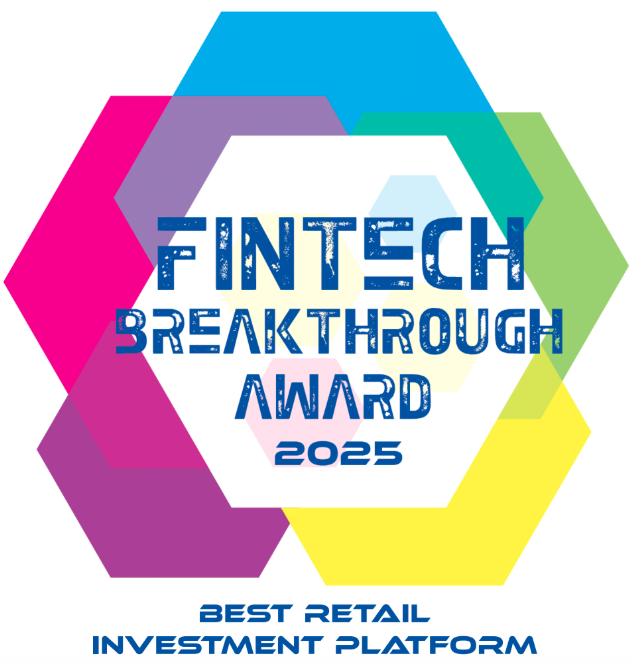As demand for all things crypto grows, stablecoins are becoming more than a niche trend. They are a fundamental building block of the next generation of finance. While they may not garner the same headlines as more volatile crypto assets like Bitcoin or Ethereum, their stability makes them a critical bridge between traditional finance and the decentralized world.
The potential for near-term, real world use cases is enormous. By enabling fast, cheap, and permissionless global value transfer, stablecoins are set to transform everything from cross-border payments to how we save and invest. For private market investors, understanding this shift and the opportunities and risks involved is key to identifying the companies that are building the financial infrastructure of tomorrow.
What is a Stablecoin?
At its simplest, a stablecoin is a digital dollar on the blockchain. Its value is pegged to a stable asset, most commonly the U.S. dollar, which is what distinguishes it from more volatile cryptocurrencies. But not all stablecoins are created equal.
- Fiat-backed Stablecoins: These are the most common and secure. They maintain their value by being backed 1:1 with real-world assets, typically U.S. dollars held in a bank account or invested in short-term U.S. government debt. Think of them as a digital IOU with a transparent and secure backing. Examples include Circle’s USDC and Tether. While less risky than other stablecoins, fiat-backed coins still hold risks. These include issuer and counterparty risk, governance and transparency risk, regulatory and systemic risk, and technology and fraud risk.
- Algorithmic Stablecoins: These are much riskier. They rely on an algorithm to maintain their peg and are not backed by real-world reserves. This model proved to be highly fragile, as seen with the collapse of Terra Luna.
- Collateral-backed Stablecoins: These are over-collateralized with other cryptocurrencies like Bitcoin or Ethereum. While more stable than algorithmic coins, their value can still be affected by fluctuations in the collateral's price. MakerDAO’s DAI is a well-known example.
Why This Matters for the Broader Financial Ecosystem
The true power of stablecoins lies in their ability to reduce the friction of moving value. In a world where AI can create feature-length movies, sending money across borders can still be a slow and expensive process. Stablecoins help solve this. They are enabling a future where your smartphone can serve as a full-service financial hub, providing access to banking, credit, and investment opportunities without the need for traditional banking intermediaries.
This shift is creating a new competitive landscape. Legacy institutions built on outdated infrastructure are being challenged by nimble, tech-first companies. The value proposition is no longer about having bank branches or a physical presence; it’s about providing seamless, efficient, and accessible financial services.
We are already seeing this play out in the market. Stripe has launched Stablecoin Financial Accounts for businesses in over 100 countries, allowing them to hold balances in stablecoins, bypassing the slow and expensive correspondent-bank network. Similarly, payments giants Visa and Mastercard are actively integrating stablecoins into their networks, allowing users to make everyday purchases directly from their stablecoin balances.
For private market investors, this means looking beyond the traditional players to find the innovators building the new financial primitives.
Regulation as a Catalyst, Not a Curse
While regulation is often viewed as a headwind for the crypto industry, many in the stablecoin market welcome it. Clear, thoughtful regulation provides certainty, which in turn unlocks capital for investment and innovation. This marks a stark contrast to previous crypto cycles. Stablecoins have evolved past speculative assets and are now solving real-world problems. This, combined with growing adoption from institutional investors, suggests that the market is maturing and poised for sustainable growth.
This is a global trend. Bahrain recently enacted a comprehensive law to govern stablecoins, aiming to become a regional hub for crypto policy. In the U.S., the passage of the Guiding and Establishing National Innovation for U.S. Stablecoins (GENIUS) Act has provided clarity by classifying compliant stablecoins as non-securities and establishing a clear regulatory framework. This has prompted major players like Tether to launch a new, U.S.-regulated stablecoin, USA₮, to tap into the market.
A New Era of Competition
The next few years will see a race to embed financial services into every platform. Companies with strong consumer relationships—from social media apps to e-commerce platforms—can leverage this technology to offer payments, lending, and trading directly to their users.
For private market investors, this is the core of the opportunity. The biggest companies can get even bigger, while new players can attack established industries more efficiently. The investment thesis is no longer about the asset itself, but about the infrastructure and applications that are building on top of it. In this new era, everything is a bank, and the companies that embrace this reality will be the ones that win.
Disclosure
This information is intended for reference only and does not constitute a recommendation or personal financial advice. Use of this information is at the user's discretion and risk.
.png?width=96&height=96&name=image%20(5).png)







